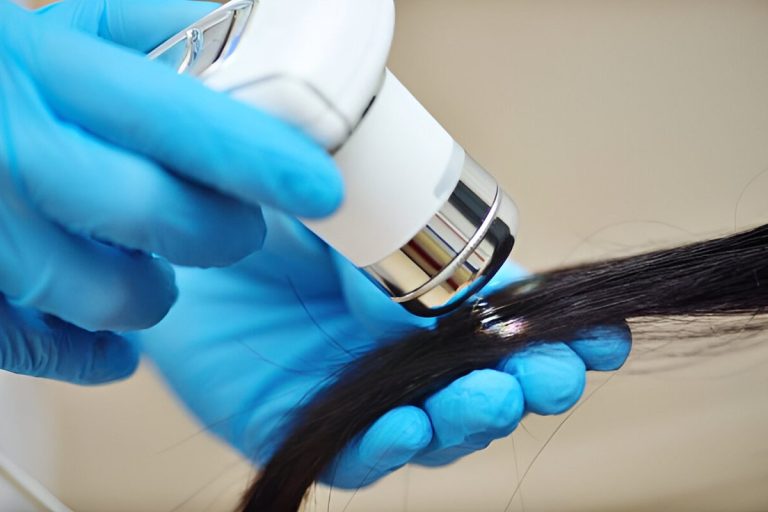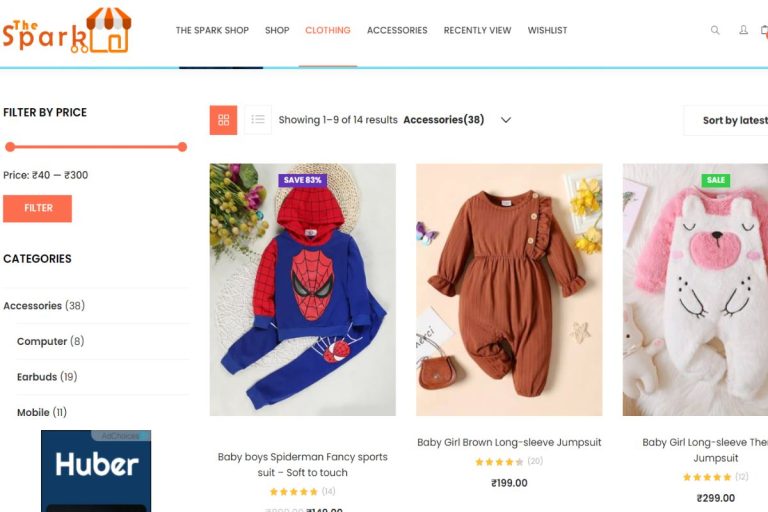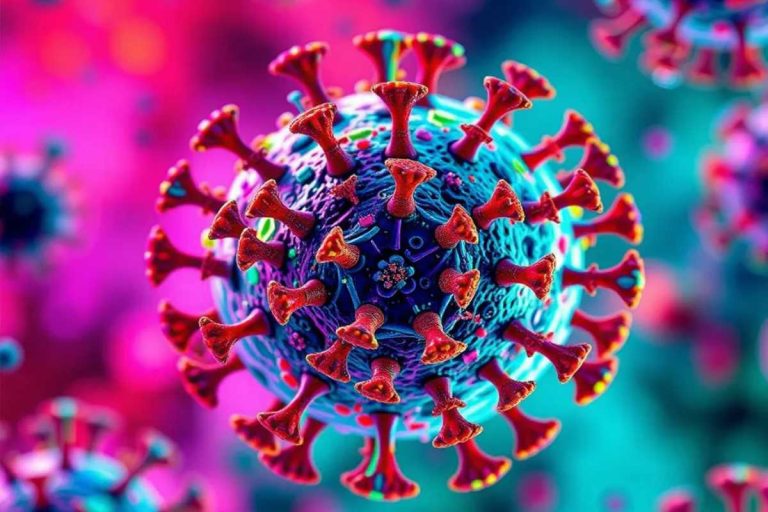5 Genius Ways to Host a Show-Stopping Boutique Grand Opening Without a Hitch
Opening a boutique is exciting, but making a lasting first impression requires careful planning and flawless execution. Your grand opening is a golden opportunity to introduce your brand to the community, generate buzz, and establish loyal customers from day one. It sets the stage for your boutique’s success and helps you create strong relationships with your target audience.
It’s also a chance to showcase what makes your brand unique. Whether you’re offering trendy apparel, handcrafted accessories, or a curated selection of high-end fashion, your opening event should reflect the essence of your store. A successful launch can build excitement, attract media attention, and help create word-of-mouth marketing beyond opening day. It’s your moment to make an unforgettable impact and turn first-time visitors into lifelong customers.
But executing a grand opening without a hitch requires strategic planning, creativity, and anticipating potential challenges. A well-orchestrated event will boost immediate sales and leave a lasting impact that keeps customers coming back. To ensure your boutique’s debut is nothing short of spectacular, follow these five genius strategies for pulling off a show-stopping event without a hitch.
Table of Contents
Plan a Memorable Theme and Atmosphere
A well-thought-out theme can set your boutique apart and make your grand opening a standout event. Choose a theme that reflects your brand’s personality and resonates with your target audience. A chic Parisian soirée, a bohemian garden party, or a glamorous red-carpet affair will create an immersive experience for your guests.
The decor reinforces your theme and makes your boutique visually appealing. Use stylish signage, floral arrangements, lighting, and music to enhance the ambiance. The layout should be inviting and easy to navigate so guests can comfortably browse the store while soaking in the experience.
Beyond aesthetics, consider offering themed refreshments or signature cocktails that align with your boutique’s vibe. A thoughtfully curated environment will wow attendees and encourage them to share their experiences on social media, generating even more exposure for your new business.
Leverage Local Influencers and Media
One of the best ways to create buzz around your boutique’s grand opening is by enlisting the help of local influencers, bloggers, and media outlets. Contact fashion influencers, lifestyle bloggers, and social media personalities in your area who align with your brand. Offering them exclusive sneak peeks, VIP access, or free products can encourage them to promote your event to their followers.
Press releases can also be a powerful tool in securing media coverage. Send a well-crafted press release to local newspapers, magazines, and online publications announcing your grand opening. Highlight unique aspects of your boutique, like exclusive product lines, sustainable fashion, or personalized styling services, to pique their interest.
Encourage attendees to share their experiences by creating a branded hashtag for your grand opening. You can also offer incentives like discounts or giveaway entries for guests who post about the event on their social media accounts.
Offer Exclusive Grand Opening Promotions
A grand opening is the perfect opportunity to attract customers with limited-time promotions and exclusive deals. Those special discounts on launch day can entice shoppers to make their first purchase and keep them coming back for more. Consider bundling products for a discount, offering buy-one-get-one deals, or providing a free gift with a purchase to make your boutique stand out.
You can have fun and get creative by designing ads for the event or using a website to create grand opening invitations with ease to make a huge impact. Personalized digital or printed invitations help spread the word about your boutique and make potential customers feel valued. Sending invitations through social media, email newsletters, or even mailing stylish physical invites can enhance your reach and ensure a great turnout.
Loyalty programs can also be introduced during the grand opening to encourage repeat business. A points-based system or VIP membership can incentivize customers to return. Highlighting the perks of joining your boutique’s loyalty program will make attendees feel like they’re getting an exclusive deal.
Create an Unforgettable Shopping Experience
Your grand opening should be more than just a sales event—it should be an experience. Think beyond traditional retail and incorporate elements that make shopping at your boutique enjoyable and interactive. Live music, a fashion show, or an in-store stylist offering free consultations can make your event memorable.
Hands-on activities like DIY fashion workshops, personal styling sessions, or live embroidery customization can make guests feel engaged and connected to your brand. When attendees have a unique experience, they’re more likely to remember your boutique and return in the future.
Ensure that customer service is top-notch from the moment guests walk in. Train your staff to be welcoming, knowledgeable, and attentive to shoppers’ needs. Going the extra mile with personalized recommendations and excellent service will leave a lasting impression and establish your boutique as a must-visit destination.
Follow Up and Maintain Engagement
The grand opening is just the beginning—maintaining momentum after the event is essential for long-term success. Capture customer contact information by encouraging guests to sign up for your email list or follow your boutique on social media. Offering a small discount on their next visit can be an effective way to keep them engaged.
Posting high-quality photos and videos from your grand opening on social media will allow you to extend the excitement beyond the event day. Tag attendees, share behind-the-scenes moments, and express gratitude to those who attended. Engaging with your audience through polls, Q&A sessions, and exclusive sneak peeks of new arrivals will keep your boutique top of mind.
A personalized thank-you email or handwritten note to key guests, influencers, and customers can make them feel valued and appreciated. These small gestures go a long way in building customer loyalty and creating positive word-of-mouth about your boutique.
Final Thoughts
A boutique grand opening is a significant event that can set the tone for your business’s success. Planning a memorable theme, leveraging influencers and media, offering exclusive promotions, creating a unique shopping experience, and maintaining engagement after the event can ensure your launch is successful. With the right strategies, your boutique will make a strong first impression and establish a loyal customer base that keeps coming back for more.












